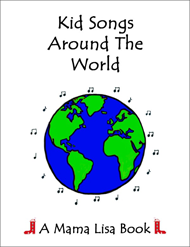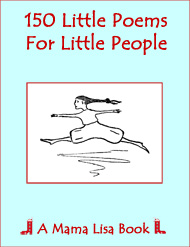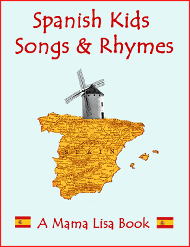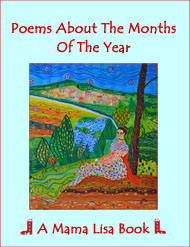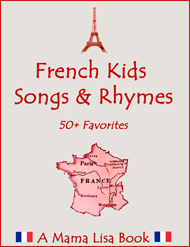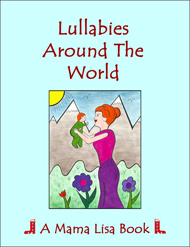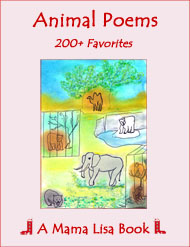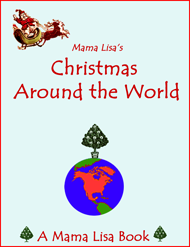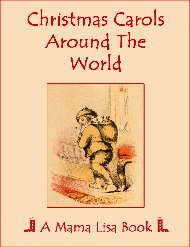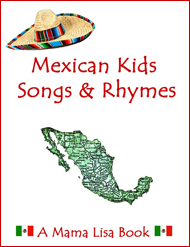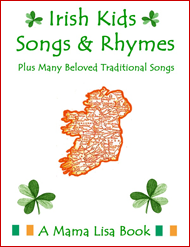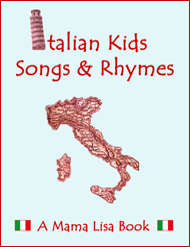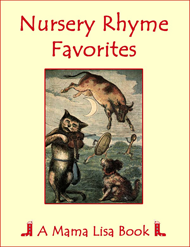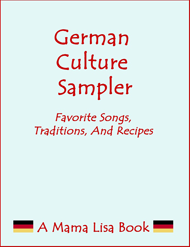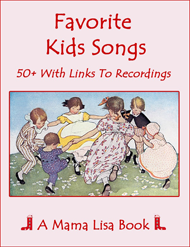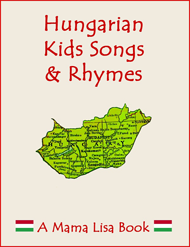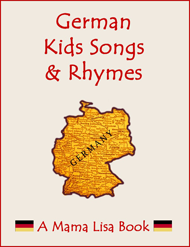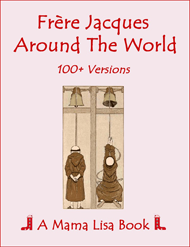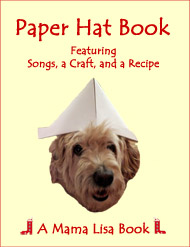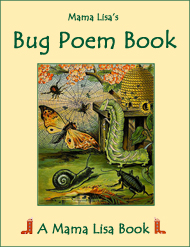Trucci Trucci Cavallucci
Valentina wrote: " I would like to contribute this song my granny used to sing while letting us gallop on her legs. You sing it to a child who is seated on your lap, facing you, with legs apart, while holding his or her hands you gently move your thighs and knees up and down to mimic the galloping of a horse.
The lines are related in meaning to each other as each line asks a question about a word that has been mentioned in the preceding line. The "-" stands for a pause in singing.
The lyrics contain quite a variety of words, names of things, animals and onomatopoeia, very good for small children to learn; I still sing it to my 3 little girls and all their friends... Nursery rhymes are such a treasure that should not be forgotten!"
"Trucci trucci cavallucci" = Onomatopeic sounds. "Cavallucci" means little horses. "Clippity-clop, clippity-clop colts" is one translation into English that would keep the sense and the sounds of the words. -Mama Lisa.
Trucci Trucci Cavallucci
Trucci Trucci Cavallucci
Nursery Rhyme
Nursery Rhyme
(Italian)
(English)
Trucci trucci cavallu-cci:
chi è che va - a caval-lo
il re del Portogal-lo
con la cavalla zop-pa
chi l'ha zoppica-ta
la stanga della po-rta
dov'è la po-rta
l'ha bruciata il fuo-co
dov'è il fuo-co
l'ha spento l'a-cqua
dov'è l'a-cqua
l'ha bevuta il bu-e
dov'e il bu-e
il bue sta in campagna
e mangia noci
e castagna!
Trucci trucci cavallu-cci,
Who is it that is riding?
The king of Portugal
On a lame she-horse.
Who made her lame?
The door latch*.
Where is the door?
The fire has burnt it.
Where is the fire?
The water has put it out.
Where is the water?
The ox has drunk it.
Where is the ox?
The ox is in the country
And eats nuts
And chestnuts!
Notes
*Normally a "stanga" is a door bar, the one you put across the door to keep it closed.
At the end you let the child bend his back away from you, by holding his/her hands, as if to let him fall, which usually causes great bursts of laughter!
*****
Here are the lyrics without the dashes:
Trucci trucci cavallucci
chi è che va a cavallo?
Il re del portogallo
con la cavalla zoppa.
Chi l'ha zoppicata?
La stanga della porta.
Dov'è la porta?
L'ha bruciata il fuoco!
Dov'è il fuoco?
L'ha spento l'acqua!
Dov'è l'acqua?
L'ha bevuta il bue
Dov'e il bue?
Il bue sta in campagna
e mangia noci
e castagna!
Thanks and Acknowledgements
Many thanks to Valentina for contributing and translating this nursery rhyme.




